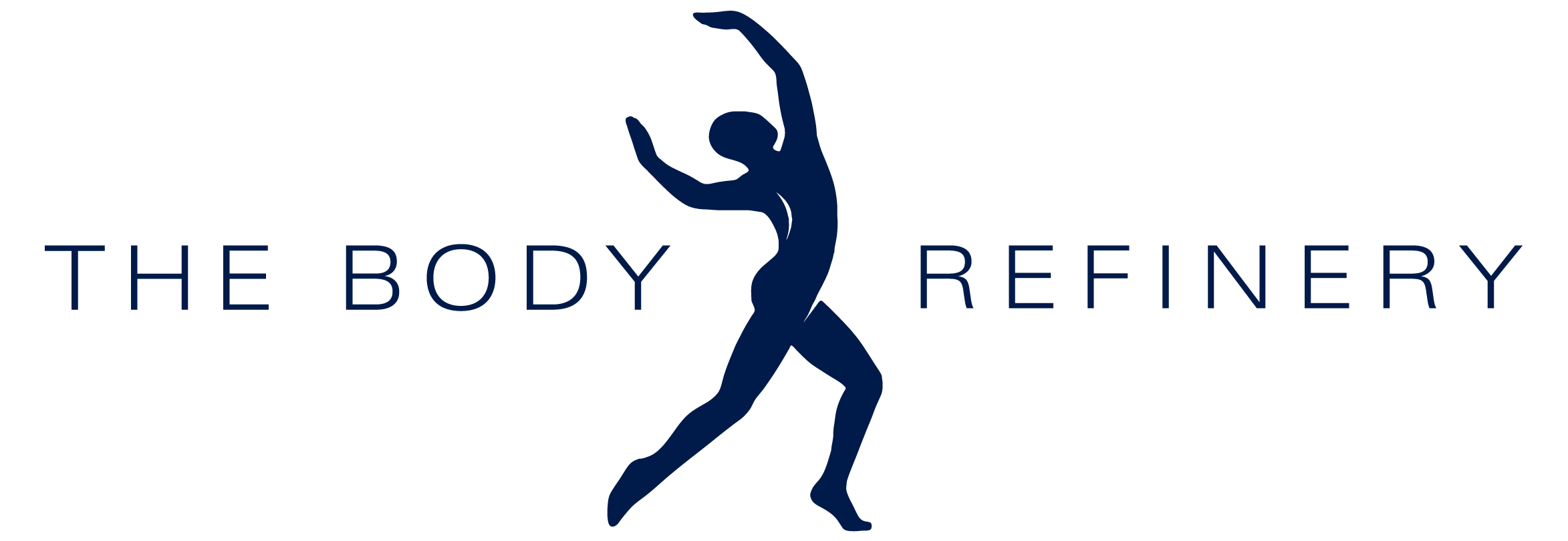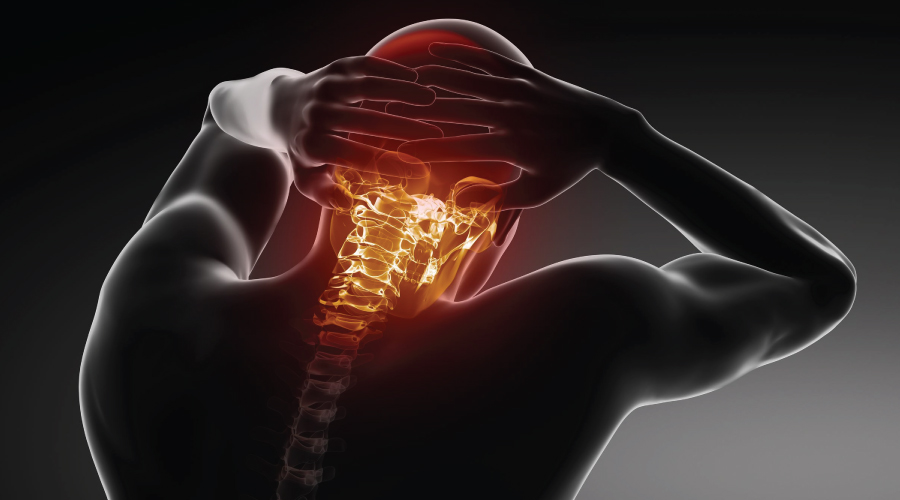Cervicogenic headache is a relatively common cause of chronic headache that is often misdiagnosed or unrecognised. The term ‘cervicogenic’ means ‘relating to the cervical spine’ (neck). The International Headache Society (HIS) has classified cervicogenic headache as a secondary headache disorder, which means pain located in the head but originating in the neck. Studies have shown that cervicogenic headache affects 2.5 to 4.1% of the general population, and it accounts for 20% of chronic headache presentations.
Headaches arising from the cervical spine can originate from a variety of structures in your upper neck, including the upper three cervical vertebral joints (0-C3), the ligaments, the intervertebral disc between C2-C3, or the neck muscles. A dysfunction in these areas can trigger pain signals that travel to your trigeminocervical nucleus in your brainstem. This information is then transmitted to your brain and interpreted as a headache or facial pain.

The trigeminal nerve (which supplies sensory and motor information to the head) has a close relationship with the upper three cervical vertebrae. This means that there is a two-way relationship: headaches can refer pain into the upper neck, and neck pain can refer pain into the head.
The most common cause of cervicogenic headache is dysfunction in the upper three neck joints (especially 0-C1 and C2-3). If one of the vertebrae is fixed or rotated in an abnormal position it will affect the joint biomechanics and lead to abnormal movement, strain and pain. This is of particular significance at the level of C2, as dysfunction here may lead to irritation of the C2-3 intervertebral disc, causing sensitisation of the trigeminocervical nucleus, resulting in headache.
Contributing factors to cervicogenic headache:
- Previous neck injury/trauma, such as whiplash
- Muscle imbalances, weakness or tightness
- Stiffness in the neck and upper back (thoracic spine)
- Prolonged poor posture, especially forward head posture
- Poor desk setup and prolonged computer use
- Poor pillow or sleeping position
Signs and symptoms of cervicogenic headache:
- Unilateral (one-sided) head or face pain
- Pain localised to the occipital (back of the head), frontal, temporal (side) or orbital (eye) regions
- Moderate to severe pain intensity
- Pain is generally deep and non-throbbing unless a migraine attack occurs at the same time
- Intermittent attacks of pain, lasting hours to days
- Head pain is triggered by neck movement or sustained or awkward neck postures
- Tenderness at the base of the skull, upper cervical spine and cervical muscles
- Presence of muscle tension and trigger points (hyperirritable regions in a tight band of muscle)
- There may be stiffness and restricted range of movement in the neck
- Associated signs and symptoms which can be similar to those of a migraine attack, including nausea, dizziness, photo/phonophobia (sensitivity to light/sound), throbbing pain, blurred vision

Treatment options for cervicogenic headache
The successful treatment of cervicogenic headache requires a comprehensive approach, incorporating physiotherapy and lifestyle changes. Research shows that medication alone is often ineffective and does not provide substantial relief in most cases. The good news is that by correcting the contributing factors and neck dysfunction, your headache can be alleviated. Most patients experience significant relief after only 2-3 physiotherapy sessions.
At The Body Refinery, we have physiotherapists who specialise in the assessment and treatment of all types of headaches. Careful assessment by a physiotherapist can help identify if there is a cervicogenic component to your headache. Assessment of range of movement, joint mobility, posture, muscle imbalances and strength will help guide the physiotherapist to an appropriate treatment plan.
Joint mobilisations techniques will be used to improve any restrictions in range of movement. Posture will be assessed and corrected with the appropriate advice given on ways to reduce the stresses placed on the neck throughout the day. Strength and endurance exercises for particular muscle groups in the neck and shoulder may be prescribed to improve postural control of these areas and to correct the biomechanics.
_ _ _


